One of the challenges I have found with camping and kids is cold weather. The particular challenge comes after sitting around a roaring campfire on a cold and windy winter night. We will be all bundled up and warm in our jackets, gloves, and head beanies and no one wants to go to bed. Because bed time means changing out of our camp clothes in a cold tent and getting into fresh pajamas before slipping into a yet to be warmed sleeping bag.
To help make the transition of getting everyone's clothes changed and snuggled into a sleeping bag a little easier, I had started using a tent heater.
In talking with other tent campers, I have found that there can be strong opinions about tent heaters and their safety. I personally have never had an issue with using my tent heater and I have yet to meet someone that has had a negative experience with a tent heater.
So, I decided to conduct a non-scientific experiment with my tent heater.
But first, I want to make clear that when using my tent heater, I only run it for approximately 15 to 20 minutes. This short amount of time is sufficient to warm my six man tent on a cold and windy night, get the kids changed from their camp clothes and into pajamas, and stuffed into their sleeping bags.
My tent heater is the Mr. Heater Buddy model with two heat settings: 4,000 and 9,000 BTU. The high setting helps warm our large tent quickly, and then turning it back to the low setting helps maintain a nice temperature for the duration of bed time activities.
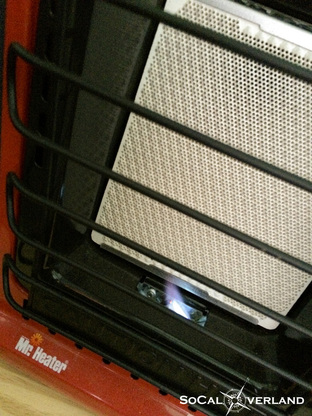
I also use a one inch thick piece of plywood underneath my tent heater for added stability and safety in case of a tip over.
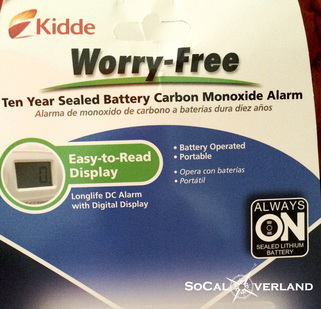
The Mr. Heater Buddy heaters do have a "low oxygen" shut off safety feature.
But, to help support this test, I purchased a Kidde Carbon Monoxide sensor to get a measurement from my tent heater running on the high setting in my tent.
The Mr. Heater Buddy also has a "tip over" safety shut off feature. And at the end of this test, I also did a tip over test.
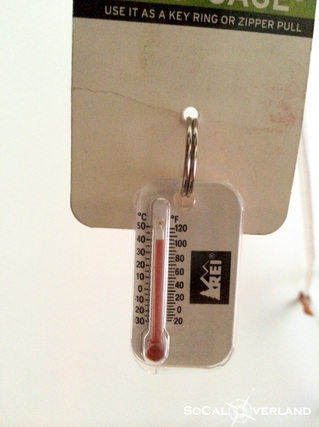
By this point, I was sweating and determined it was ready to test for carbon monoxide.
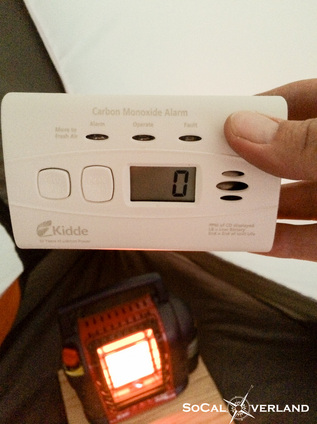
Just to ensure this was an accurate measurement, I hit the reset on the carbon monoxide sensor and waited for another reading of... 0 PPM (parts per million). So, there is no concern here whatsoever.
Again, this is not a scientific test and heaters will differ and have different "ideal burn" (combination of oxygen and propane) rates.
The heater immediately shut off at tip over and everything stopped.
With proper use, which for me is:
-Being present while the unit is running
-Making sure the heater is on a solid flat surface
-Running heater for a limited amount of time (approximately 20 minutes)
-Never sleeping with the heater running (if you have a proper sleeping bag, you do not need a heater to remain warm while sleeping).
And in this case I feel completely safe using my tent heater. I will also continue to test and monitor the carbon monoxide levels, but my feeling is that I will continue to get a 0 PPM reading.
Hope you find this helpful and that your winter camping is pleasantly warm.

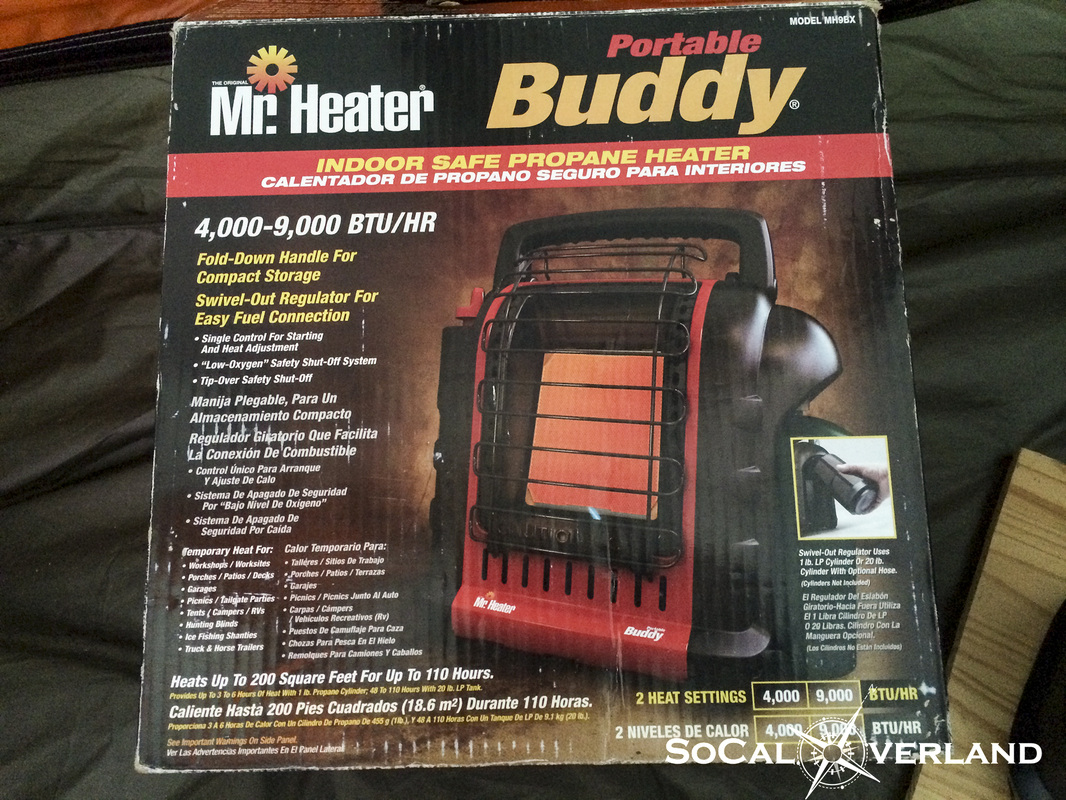
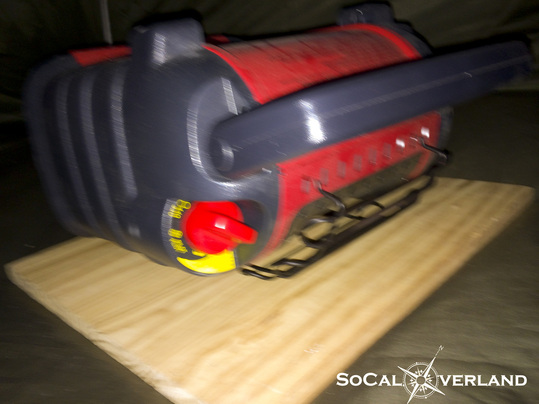
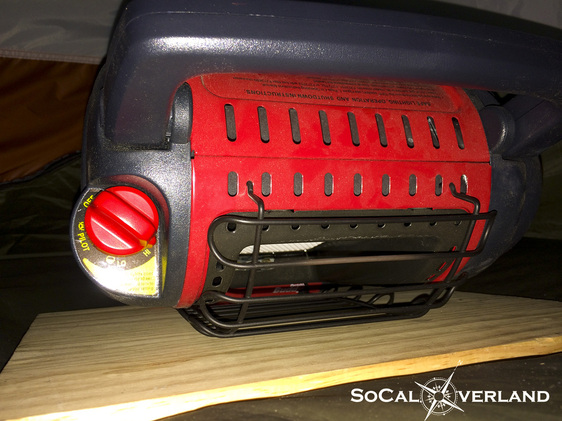
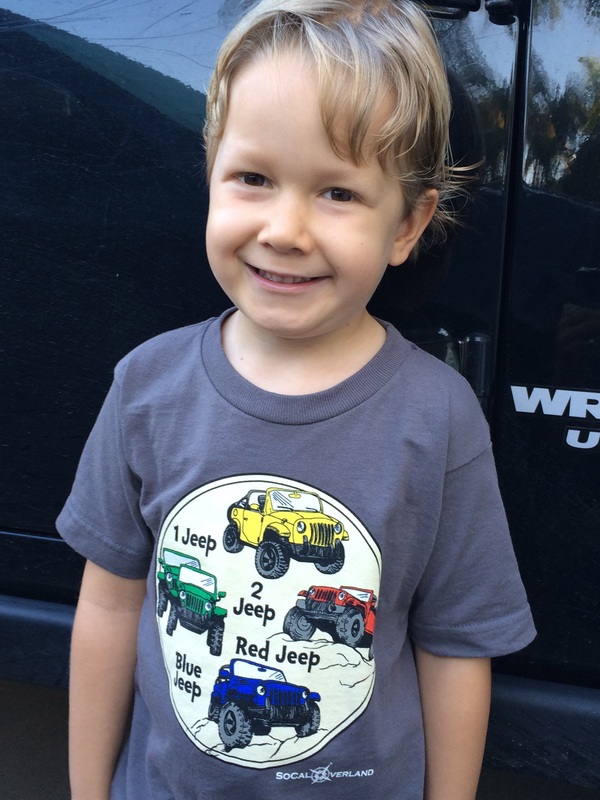
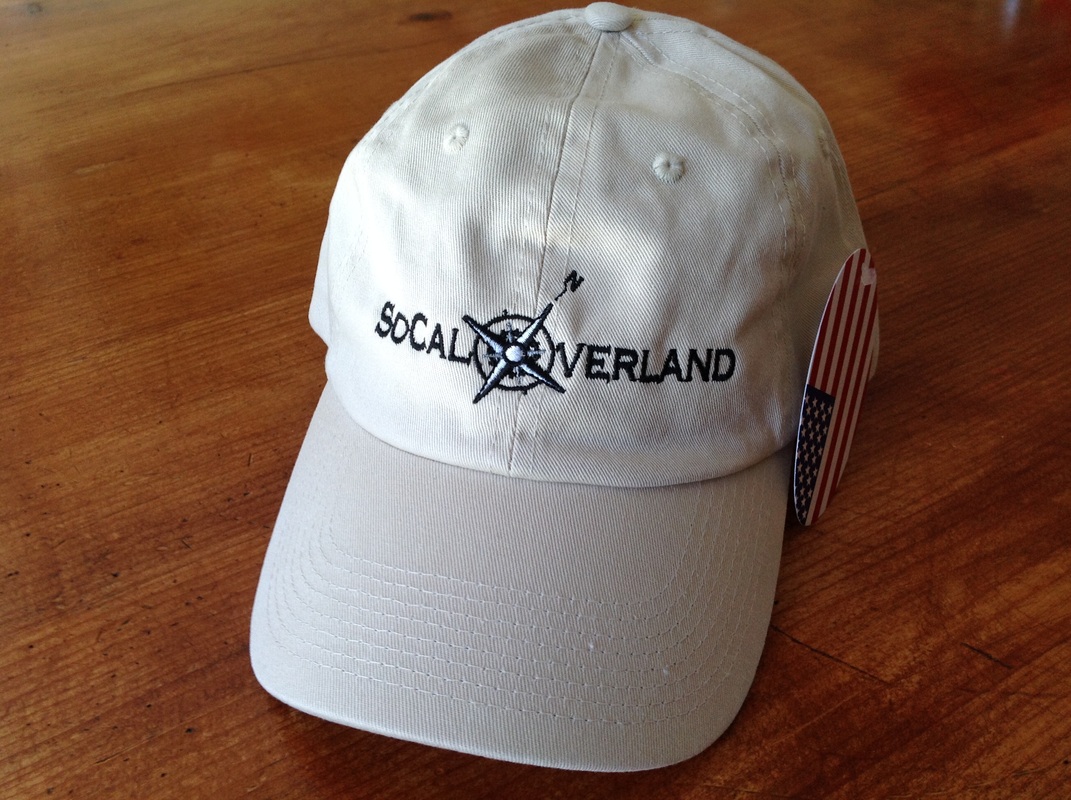
 RSS Feed
RSS Feed